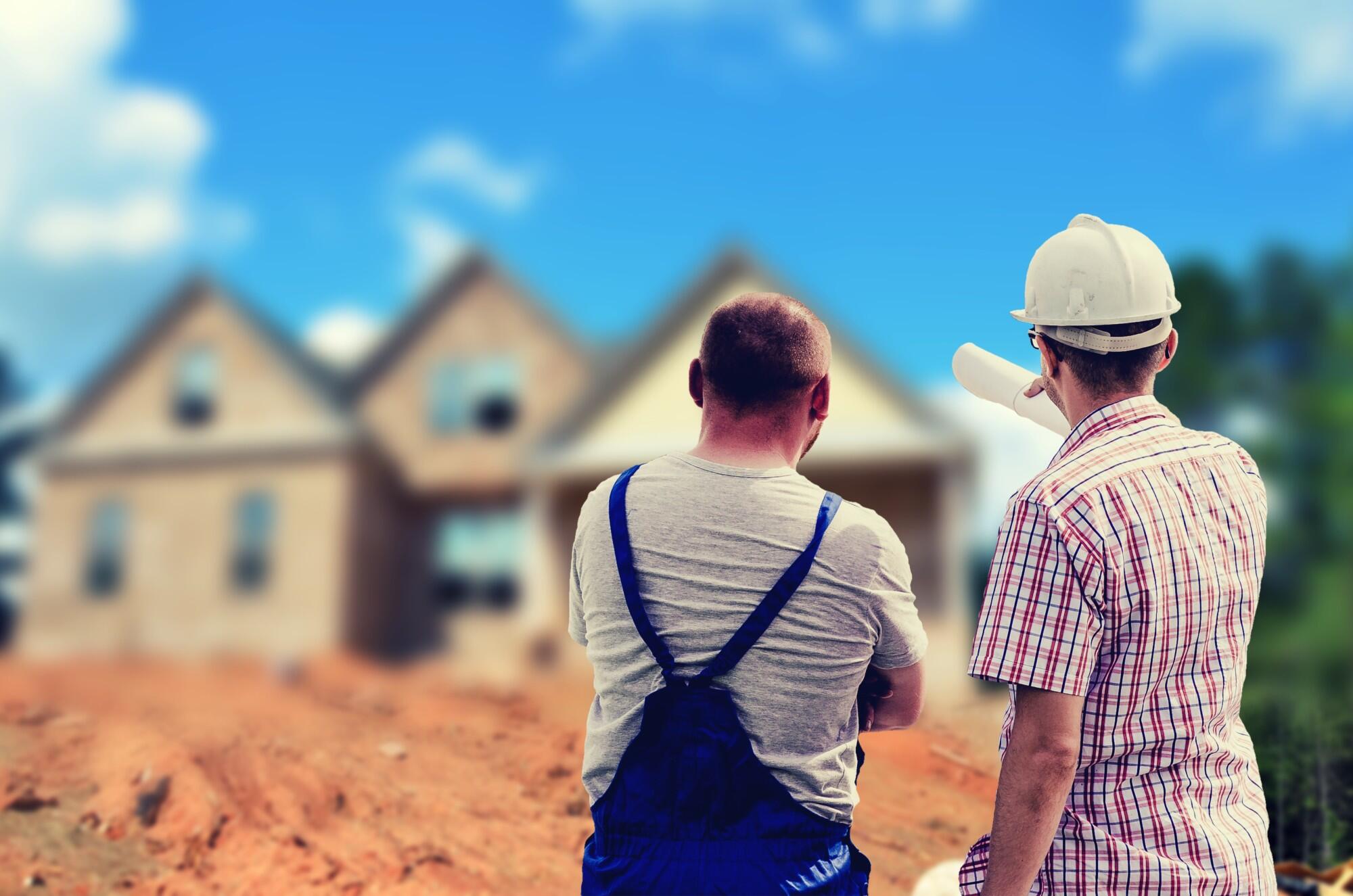A building’s roof is essential to protecting the people and equipment inside, and choosing the right type of roof can provide decades of benefits. Knowing your construction options when creating plans for commercial buildings can help you save money and protect your new asset.
The decisions you make now can save money and time on building maintenance. Comparing built-up roofing with single-ply is an excellent starting point for your roofing solutions and needs. By learning the strengths and weaknesses, you can make a wise investment.
Exploring your construction options can help you identify the roof you need, and you’re in the perfect spot to take your first steps. Continue reading to learn about your roofing options today!
What Is Single-Ply Roofing?
The roofing contractor uses rubber sheets to create single-ply roofing for your commercial buildings. The process allows for insulation to hold temperatures inside the building. You can use the roofing materials to protect your building and assets.
Single-Ply Roofing Pros
The first benefit of single-ply roofing is longevity. A membrane roof can last up to 30 years before being replaced. You can also trust the track record of the technology behind these roofing solutions.
The single-ply roof has been in use for several decades. Time spent on the market has allowed brands to research and develop better designs.
The roof is also ideal for fire protection. The installation team can add a fire retardant to reduce the risk of your roof catching fire.
Single-Ply Roofing Cons
The most notable drawback with single-ply roofing is the lack of durability. The roof’s design leaves it exposed to the elements and other incidents, creating opportunities for damage. Dropped tools, nails, and screws can be pushed deep into the membrane.
The roof also features seams. These seams can create leaks into your building over a longer timeline after installation.
Read Also: How to Choose the Right Roof Repair Service: Key Factors to Consider
What Is Built-Up Roofing?
Built-up roofing has a century-long track record in the United States, making it an excellent solution for your roofing needs. They’re also called tar and gravel roofs, and they’re created by installing layers of gravel and tar, allowing you to choose the number of layers.
Built-Up Roofing Pros
You’ll get impressive longevity when you install built-up roofing for your commercial buildings. A proper installation with help from roofing contractors will provide peace of mind for up to 40 years.
The roof is also seamless, preventing frustrating leaks. The best designs reflect sunlight, helping to lower energy costs.
Built-Up Roofing Cons
The installation process is the most notable con of built-up roofing. It takes time and causes safety concerns due to toxic fumes.
Consider Built-Up Roofing for Your Commercial Buildings
Choosing roofing solutions for your commercial buildings is challenging, but researching built-up roofing can help you find the perfect fit. Built-up roofing is best for peace of mind and longevity, though the installation process is extensive. Single-ply roofing is efficient and effective but delicate compared to built-up roofing options.
Running a business goes far beyond daily operations and sales. Check out our Business content for the guidance and tips on how to build a successful brand today!





